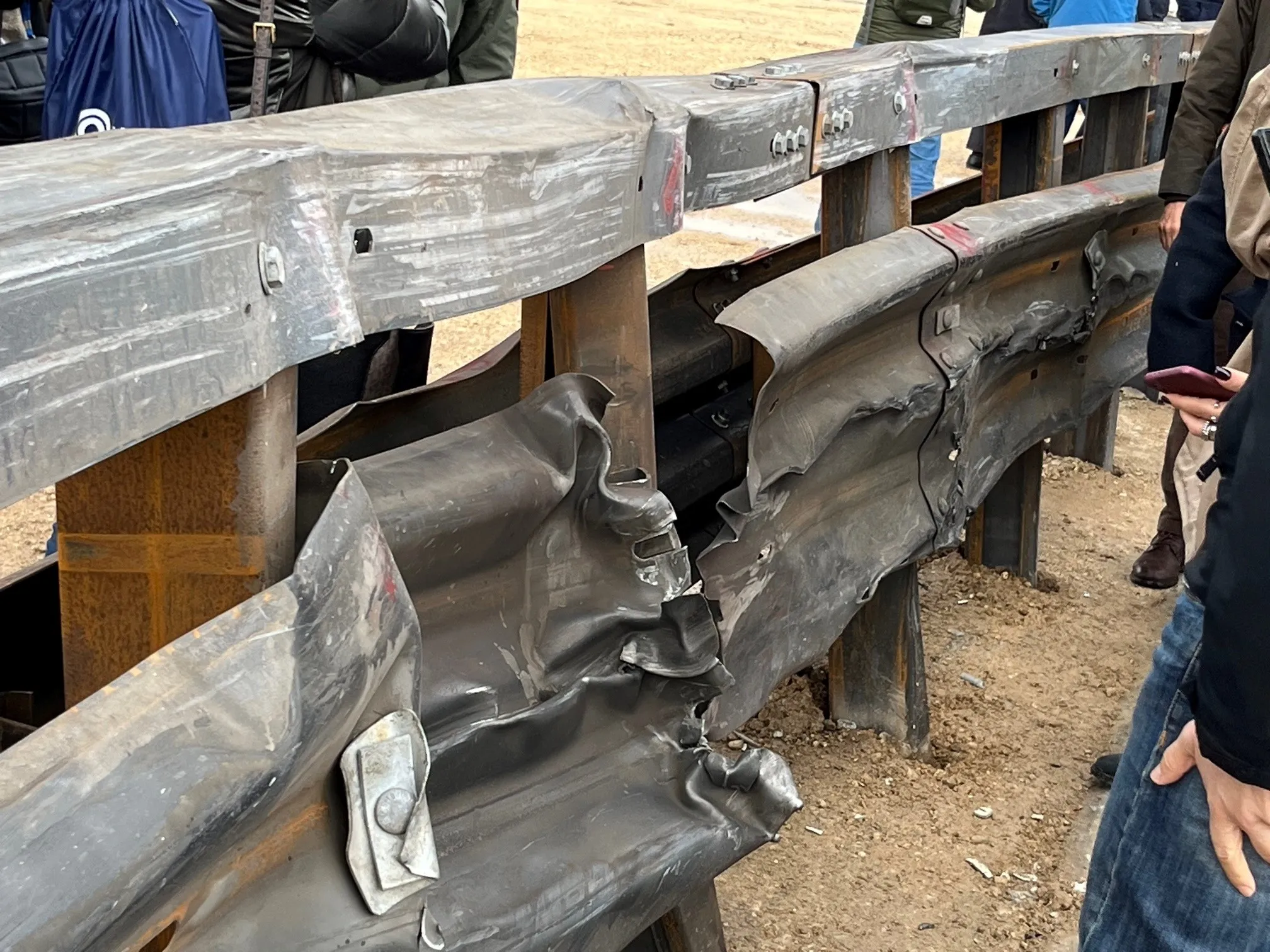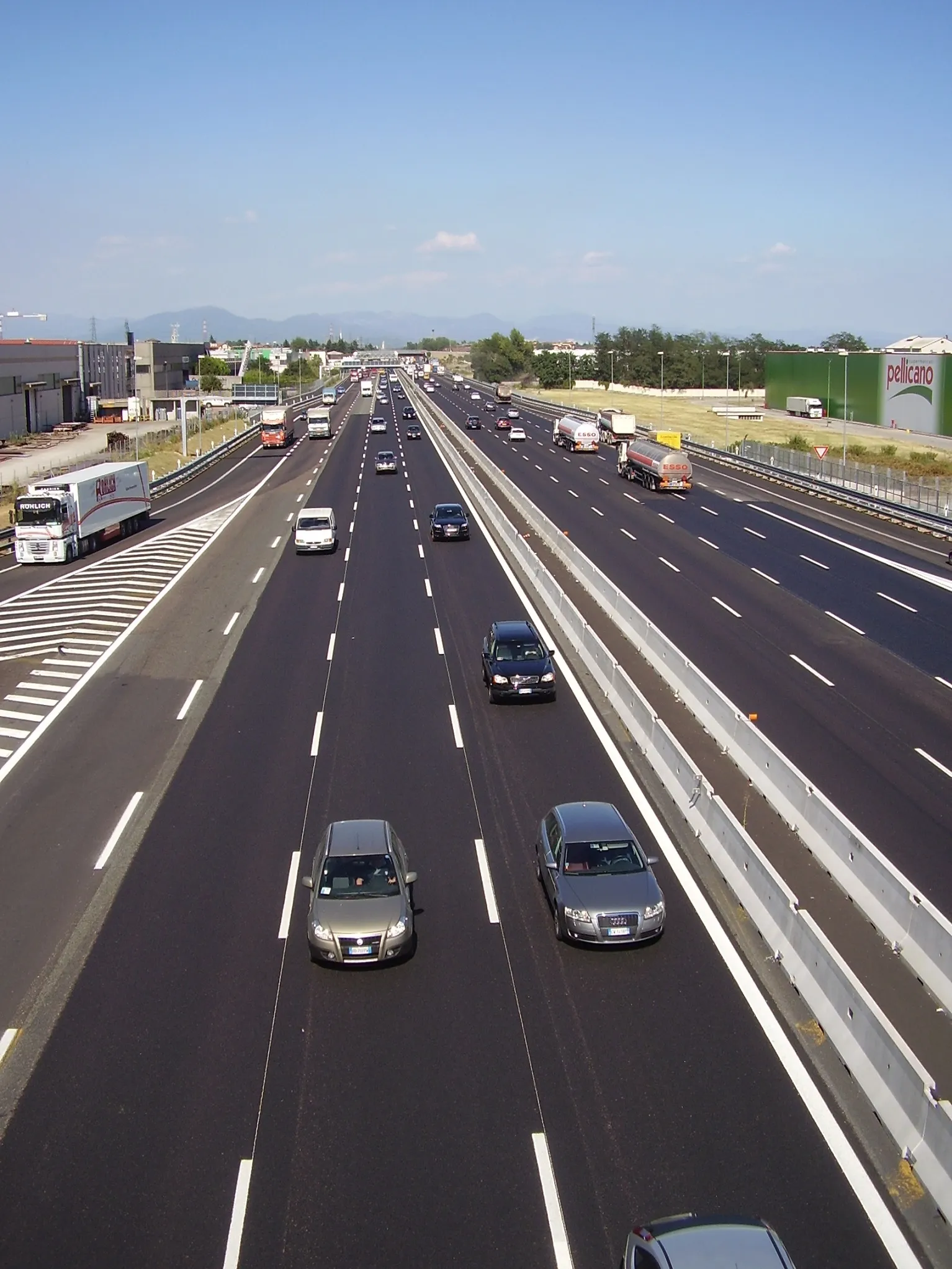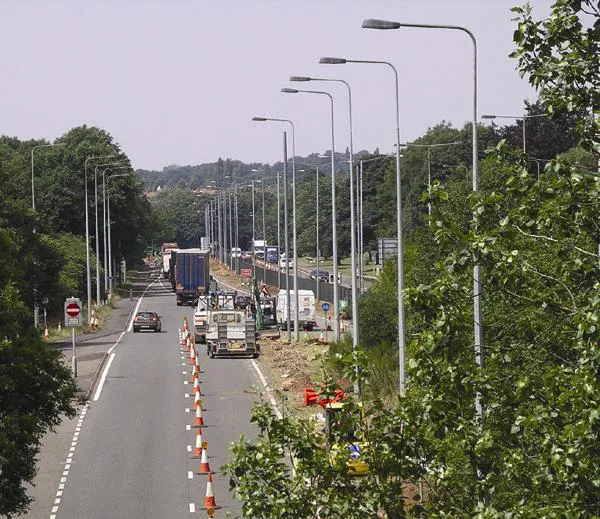
Conferences about road barriers, while always informative about innovation from manufacturers, also have some sobering moments. The recent two-day ERF conference in Rome was no exception.
However, this need not be the case, he said. Poland has managed to cut deaths by around 40% in recent years. A visit to the AISICO test centre would show just how much effort goes into testing barriers to ensure that their construction and their performance are up to the job of saving lives in the event of a crash (see box). Attendees witnessed a 38-tonne heavy goods vehicle slam into an H4b barrier at a speed of 68 km/h and a 20-degree angle.
Nonetheless, Italy has an inherent problem with its road infrastructure when it comes to making roads safer, noted Valente, who this past summer was appointed president of the Italian National Committee of PIARC Italy , PIARC being the World Road Association. Around 56% of Italy’s roads were built before the 1960s. Most the guard rails would not meet today’s standards. This issue is exacerbated by the advent of much different design of vehicles today, as well as alternative fuels. The effect is to make standardisation of barrier designs very difficult, although essential, he said.
As vehicle volumes grow on Italian roads, so has the number of heavy goods vehicles, said Diego Cattoni, president of AISCAT, the Association of Italian Motorway concessionaires. There has been good innovation of more durable asphalt that is more easily maintained in a safer condition. Also, speed detection has got markedly better, which helps slow down some traffic; this could stop an accident before it has the chance to happen. Yet Cattoni was upbeat about the increasing use of sensors that are essential for the future of autonomous driving. This, too, might stop accidents by maintaining safer ‘driving’ practices.
Konstantinos Andreopoulos, the action plan coordination officer with CEDR, the Conference of European Directors of Roads, noted the increasing use of small three-wheel vehicles and e-mobility choices such as electric scooters and even e-skateboards across Europe. This poses a big a challenge for highway authorities to design safer roads and barrier manufacturers to design safer products and systems.
A further concern about e-mobility is the young age of the ‘drivers’ of e-scooters, said Antonio Datri, president of UNASCA, Italy’s Union of Driving Schools and Automotive Consultancy Firms. He said in Naples, there are many drivers who are 14 years old, need no driving licence to operate the machinery and know nothing about road signs. Yet they are whizzing through traffic.
Datri’s theme was picked up by Ezio Bressan, vice president of the Italian association of the European Federation of Road Traffic Victims. More driving training needs to be done, he said, adding that there should be refresher courses and tests to update drivers about changes to road signs and general driving regulations. In Italy, he said, all the training a person is required to get is six hours. After that, no further training is needed.
Current barrier design standards – up to 25 years old in some cases - need to be updated, said Marco Anghileri, a lecturer at the Politecnico di Milano. For example, 25 years ago there were few 10-tonne coaches (buses) and now the can come up sizes up to 19 tonnes. Anghileri also suggested there should be more testing of large SUVs – sports utility vehicles – and with vehicles that approximate the weight distribution and physical dimensions of electric vehicles. The sector needs, too, much more data on deformable barriers.
Part of a barrier’s deformation characteristics is the reaction of the posts that support the system with the earth or material into which they are positioned. More data is needed in this area, too, noted Roberto Cudmani, chair of the soil and rock mechanics department at the Munich Technical University.
After the first day, attendees were left with no doubt that questions are mounting concerning just how safe is safe when it comes to modern vehicle restraint systems. But the second day at the AISICO test centre near Rome was a reassurance that answers to these questions are being sought by some very highly skilled and dedicated engineers and data scientists.
The ERF, the European Union Road Federation, is a membership organisation that coordinates the views of Europe’s road sector and acts as a platform for dialogue and research on mobility issues. Members are active in the construction, equipment and operation of Europe’s roads and membership is open to national road associations, industry associations and individual organisations. Visit the website: https://erf.be.







